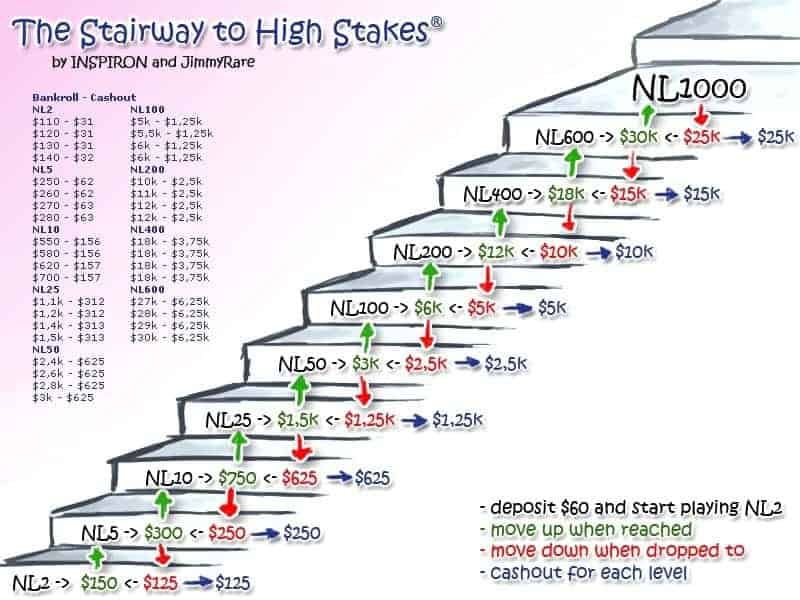
In the world of professional poker, managing your finances effectively is crucial to your success. Whether you are a seasoned player or just starting out, having a solid bankroll management strategy is essential to ensure long-term profitability and sustainability.
Understanding Bankroll Management
Bankroll management refers to the practice of controlling and allocating your poker funds to maximize your chances of winning and minimize the risk of going broke. It involves setting aside a specific portion of your total bankroll for each game or tournament, considering factors such as your skill level, comfort zone, and risk tolerance.
Establishing Your Bankroll
The first step in effective bankroll management is determining the size of your initial poker bankroll. This should be an amount of money that you are comfortable dedicating solely to poker and can afford to lose. It is crucial to consider your personal financial situation and never play with money that is reserved for important expenses like bills or rent.
As a general guideline, a minimum starting bankroll should be at least 20 times the buy-in for the games you plan to play. For example, if you typically play $1/$2 No-Limit Hold’em cash games, a starting bankroll of $4,000 would be reasonable.
Determining the Stakes
Choosing the right stakes for your bankroll is crucial to ensure longevity in the game. Playing at stakes that are too high can quickly deplete your funds, while playing at stakes that are too low may hinder your potential for growth.
A common rule of thumb is to have at least 25-30 buy-ins for the game you wish to play. This rule provides a buffer to handle downswings without severely impacting your bankroll. Adhering to this guideline will help minimize the impact of variance and allow for more consistent and sustainable growth.
Tracking Your Results
Keeping detailed records of your poker sessions and results is essential for effective bankroll management. By tracking your wins, losses, and other relevant data, you can identify your strengths and weaknesses, adjust your strategy, and make informed decisions about your poker finances.
Utilize various software and online tools specifically designed for poker bankroll management. These tools can provide insightful statistics, graphs, and reports, enabling you to analyze your performance over time and make necessary adjustments to maximize your profitability.
Implementing Discipline and Risk Management
Discipline and risk management play vital roles in maintaining a healthy poker bankroll. It is crucial to set clear rules and stick to them. For instance, limit the percentage of your bankroll you are willing to risk on a single session, ensuring you can absorb any potential losses without jeopardizing your long-term goals.
As your bankroll grows, you may be tempted to move up to higher stakes. While this can be exciting, it is crucial to assess your skill level and confidence before making the transition. Moving up too quickly can lead to unnecessary losses and negatively impact your bankroll. Gradually increase your stakes as you gain experience and demonstrate consistent profitability.
Conclusion
Managing your poker finances effectively is an essential aspect of becoming a successful poker player. By establishing a solid bankroll management strategy, understanding the appropriate stakes, tracking your results, and implementing discipline, you can boost your bankroll and pave the way for long-term profitability in the exciting world of poker.